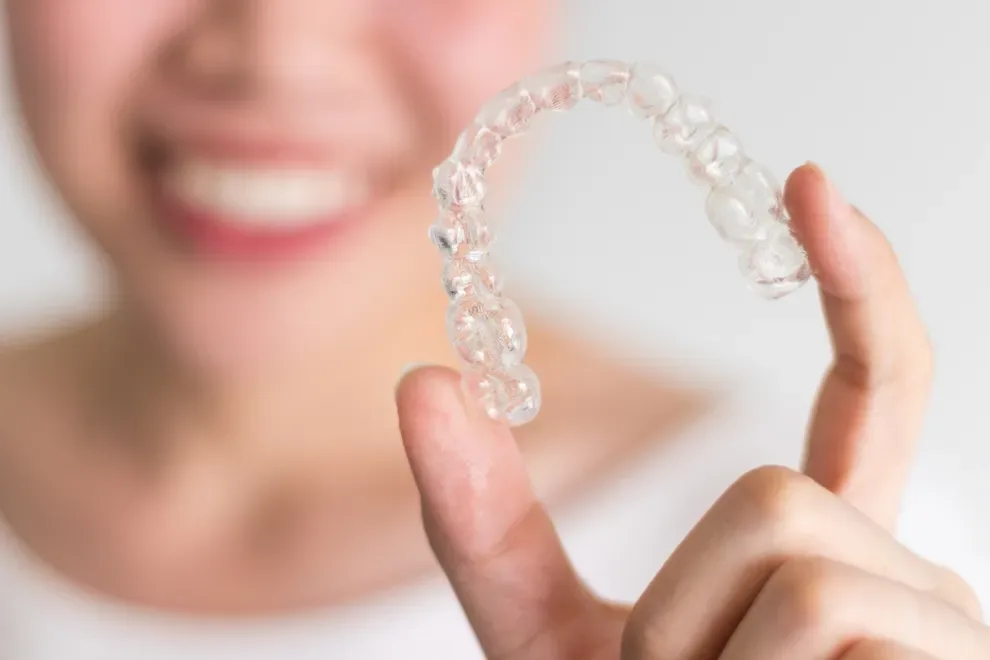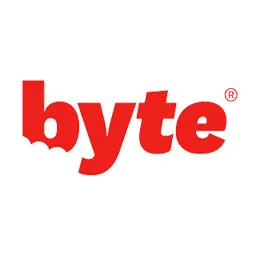Best Over-the-Counter Teeth Aligners: What to Know Before You Buy

Table of Contents
- How OTC Aligners Work
- OTC vs Doctor-Directed Aligners
- Best OTC Aligners
- Issues with OTC Aligners
- Tips for OTC Aligners
Teeth aligners, like other medical devices, are now available over the counter and online.
Consumers do not need a prescription to have custom aligners made.
Ordering aligners online can be cheaper than getting aligners through an orthodontist, but people with complicated teeth issues should be wary of any over-the-counter options.
Introduction
Having crooked teeth can rob you of a great smile and negatively affect your self-esteem.
Fortunately, there are different ways of straightening your teeth. One of them is to use over-the-counter (OTC) teeth aligners.
Although shopping for aligners is not what dentists and orthodontists recommend, consumers are migrating to do-it-yourself fixes for conditions like malocclusion, a condition that leads to the misalignment of teeth.
So much of the world’s consumer economy is online, particularly on Amazon and Alibaba, that it’s no surprise that medical devices like teeth aligners have migrated there.
Let’s take a look at your options and what to be aware of if you decide to by your aligners over the counter.
How Do OTC Teeth Aligners Work?
First things first: Yes, you can buy teeth aligners without a dentist’s prescription. Teeth aligners are thin, transparent tray-like equipment you wear over your teeth to help realign crooked teeth.
Aligners work by applying gentle force to your teeth, slowly shifting them to the preferred position. They work the same as braces.
When acquiring OTC aligners, the company you pick will provide a molding kit. After you receive the kit, you will create teeth impressions with the mold and return them back. Your mold company will make the teeth aligners using thermoplastic materials.
Many companies use computer-aided technology software when creating the aligners. On completion, they will send the newly made OTC aligners to you.
Difference Between OTC Aligners and Doctor-Directed Aligners
You buy OTC aligners directly from a manufacturer. But it would be best if you had a prescription for doctor-directed aligners. With any luck, your orthodontist will send a copy of your prescription to aligner maker.
That in itself makes OTC aligners cheaper than doctor-directed aligners, as you will save on the appointment cost.
Unlike OTC aligners, doctor-directed aligners treat more complex cases. You will need doctor-directed aligners if you have severely spaced teeth.
Best OTC Aligners
Many teeth aligners exist in the market today. No all are effective or approved for use as OTC teeth aligners.
Two OTC aligners approved by the U.S. Food and Drug Administration include:
MTM Clear Aligner
Eon Aligners
MTM clear aligner is the latest OTC teeth aligner in the market. It fixes crooked teeth and gets rid of tooth gaps.
MTM also has force points that make removing and placing the aligners easy.
These are easy-to-use teeth aligners that are practically invisible and easy to clean. You can send a 3D intraoral scan the Eon to create the aligners for you.
Potential Issues with OTC Aligners
Many people prefer over-the-counter teeth aligners to doctor-directed ones. That’s because they are convenient and more affordable. But at-home products could harm your dental health.
You might experience the following issues while using OTC aligners:
Loose, cracked, or broken teeth could all impact how your teeth move. And these issues could also cause intense pain during aligner treatment.
Work with a dental professional, and those issues will be addressed before aligner work begins. But if you buy a product alone without help, you could miss issues impacting your long-term health.
Your mouth is as individual as a snowflake, and everyone deserves personalized care. Buy aligners from a kit, and they'll be made to fit every mouth. Your teeth may need something special that you can't get from an off-the-shelf solution.
Detailed treatment plans give your dental health professional a good idea of how your teeth will move. But sometimes, the unexpected happens.
If you're working with an aligner company or a dentist, your progress is monitored at each step. Buy a product from Amazon or a private dealer, and you may not get help when something goes wrong.
Using a DIY dental appliance can change your oral health in long-lasting ways. These devices have been linked to the following issues:
Root resorption: Although reported cases are relatively low, OTC aligners can cause root resorption. Root resorption is a condition where your body breaks down the roots of your teeth.
Gum disease: Aligners can cause gum damage, especially if you don’t practice oral hygiene. Clean your teeth and your aligners regularly to avoid this problem.
Who can you talk to if something goes wrong? Work with a dentist or aligner company, and you'll have a partner on the journey to a better smile. Go the DIY route, and you'll have no help at all if something goes wrong.
Tips for OTC Aligners
It will take time before over-the-counter teeth aligners straighten your teeth. The process is slow but progressive and effective — but only if you follow instructions to the letter. Tips that can improve the success of your OTC aligners include:
Clean your OTC aligners. Do this regularly and use the right cleaning product. Avoid toothpaste as it can scratch the plastic.
Change your aligners. Wear OTC aligners for no more than two weeks. Don’t change them too early or too late, which could prolong the treatment time.
Repetition builds perfection. You will find it difficult to speak with an aligner on your teeth at first, but it will get easier with time.
Clean your teeth. Always brush your teeth before putting on the OTC teeth aligners. Doing so will protect your teeth from diseases resulting from wearing aligners.
Frequently Asked Questions
Yes. There are some teeth aligners that you can get without visiting the dentist. You order them directly from the manufacturing company. They are known as over-the-counter aligners, or mail-order aligners.
